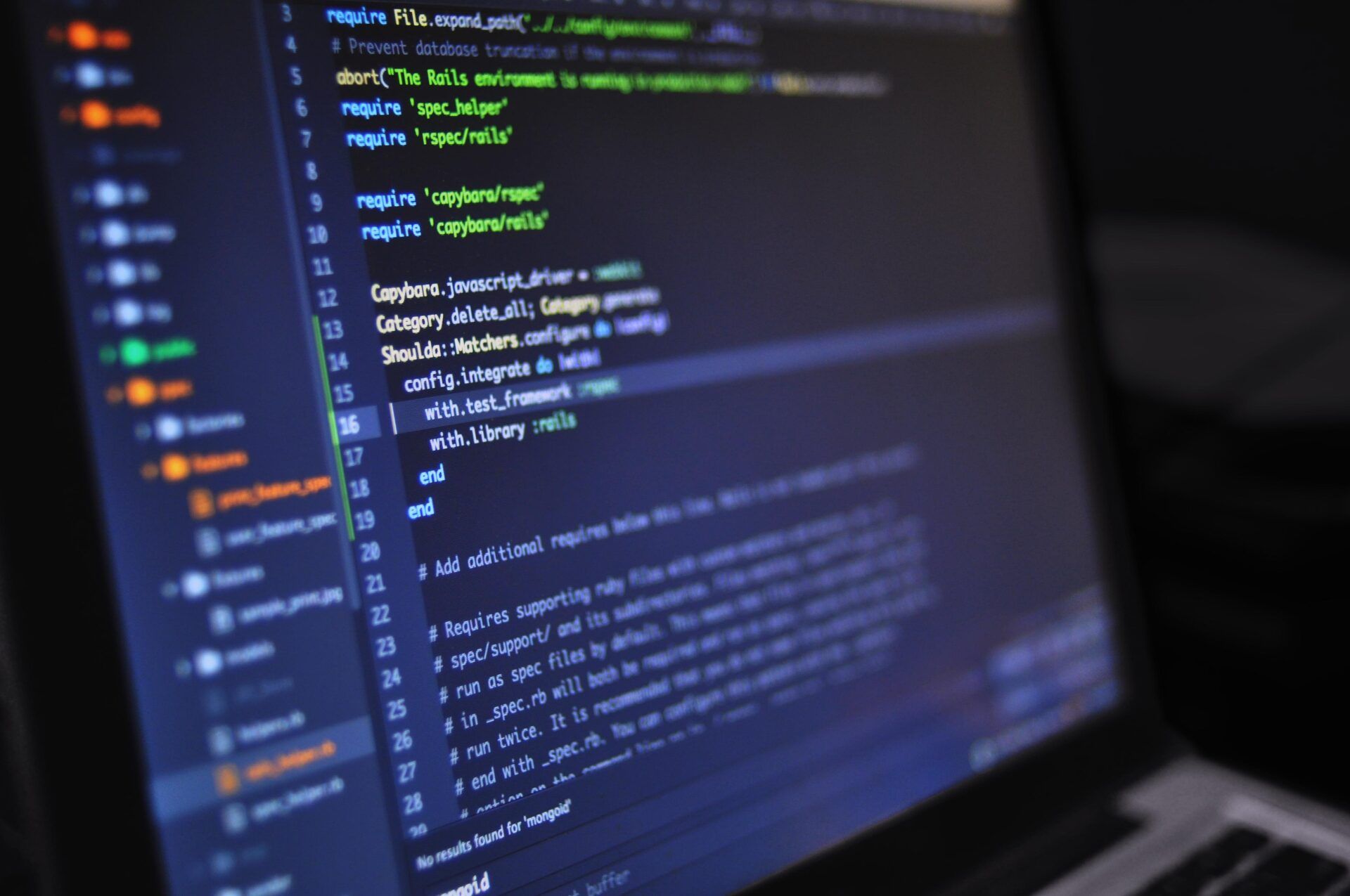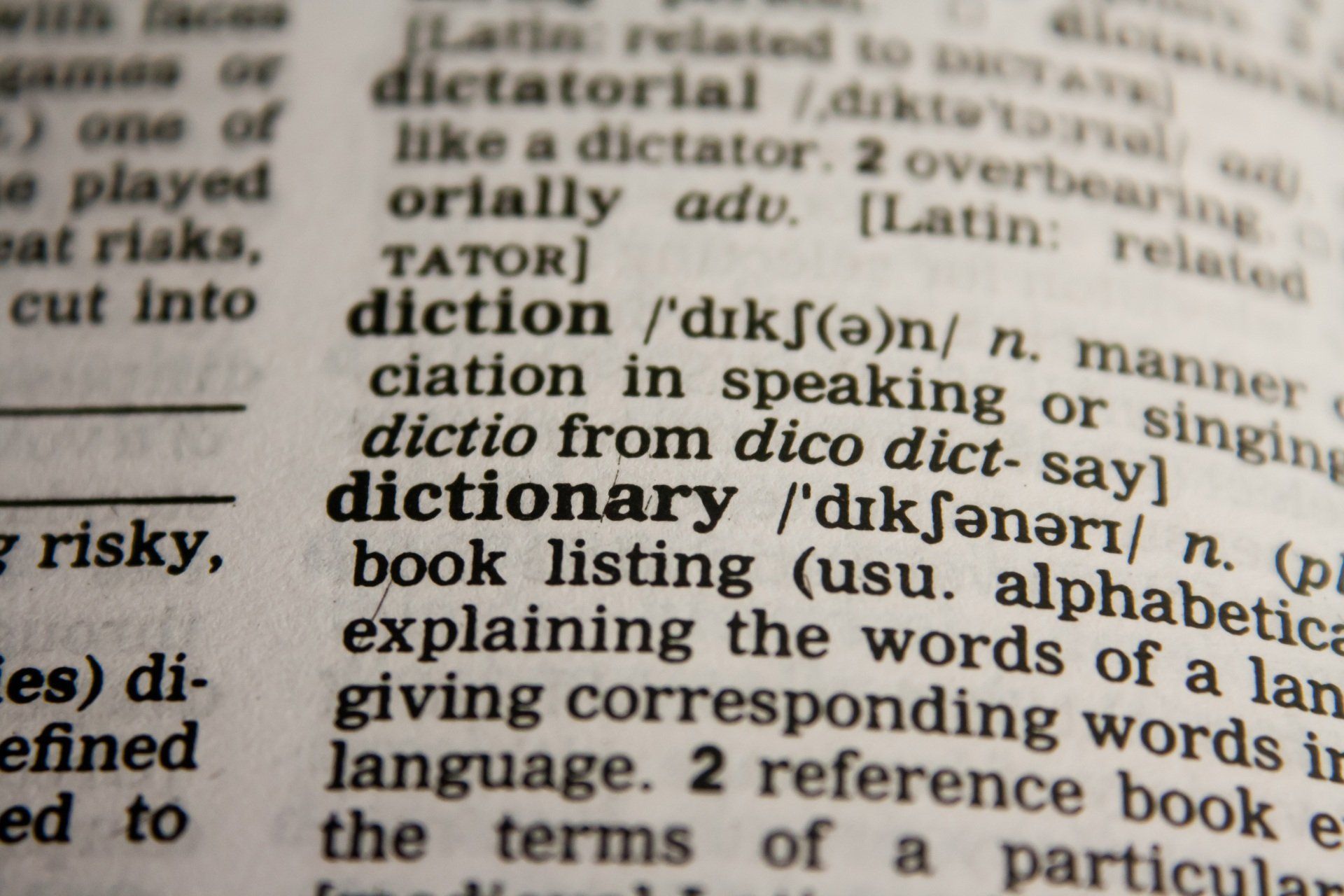AI Questions and Answers
- How can AI be used to provide real-time coaching and feedback to employees?
AI (Artificial Intelligence) can be used to provide real-time coaching and feedback to employees by analysing their performance data and providing personalised recommendations for improvement. Here are some ways AI can be used to provide real-time coaching and feedback to employees:
- Performance Analysis: AI can analyse employee performance data, such as sales figures or customer satisfaction scores, to identify areas where an employee is excelling or struggling. This can provide real-time feedback to employees and help them focus on areas that need improvement.
- Natural Language Processing: AI can use natural language processing to analyse employee interactions with customers or colleagues, providing real-time feedback on communication skills and identifying areas for improvement.
- Personalised Recommendations: AI can provide personalised recommendations for improvement based on an employee's performance data and learning style. For example, an AI-powered coaching tool could recommend specific training modules or learning resources that are most relevant to an employee's needs.
- Real-time Feedback: AI can provide real-time feedback to employees during training or practice sessions, helping them improve their skills and performance in real-time.
- Predictive Analytics: AI can use predictive analytics to identify potential problems or areas of improvement before they become serious issues. This can help employees stay on track and address issues before they impact their performance.
Overall, AI can be a powerful tool for providing real-time coaching and feedback to employees, helping them improve their skills and performance on the job. By analysing performance data, providing personalised recommendations, and offering real-time feedback, AI can support continuous learning and development in the workplace.
- What are some of the benefits of AI-based coaching, and how does it differ from traditional coaching?
AI-based coaching has several benefits over traditional coaching, including:
- Scalability: AI-based coaching can scale to support large groups of employees, while traditional coaching is often limited to one-on-one sessions.
- Personalisation: AI-based coaching can provide personalised recommendations and feedback to employees based on their individual learning styles and performance data.
- Cost-effective: AI-based coaching can be more cost-effective than traditional coaching since it does not require a human coach for each employee.
- Real-time feedback: AI-based coaching can provide real-time feedback to employees during training or practice sessions, allowing them to improve their skills and performance in real-time.
- Objective evaluation: AI-based coaching can provide objective evaluations of employee performance, without the potential biases or subjectivity that can come with human coaching.
- Continuous learning: AI-based coaching can support continuous learning and development by providing on-demand access to training and development resources.
However, there are also some differences between AI-based coaching and traditional coaching. AI-based coaching relies on data analysis and algorithms to provide feedback and recommendations, while traditional coaching relies on human coaches to provide personalised guidance and support. While AI-based coaching can be more scalable and cost-effective, traditional coaching can provide a deeper level of personalisation and human connection.
- What are the ethical considerations around using AI to monitor and evaluate employee performance?
There are several ethical considerations around using AI to monitor and evaluate employee performance, including:
- Privacy: AI monitoring can involve collecting and analysing sensitive personal data, such as employee health or personal beliefs. This raises privacy concerns, and companies must ensure that they comply with relevant privacy laws and regulations.
- Bias: AI systems can be biased if they are trained on biased data or if their algorithms are not designed to detect or correct bias. This can lead to unfair evaluations of employee performance and discrimination.
- Transparency: Employees have the right to know how they are being monitored and evaluated. Companies should be transparent about how they are using AI to monitor and evaluate employee performance and provide employees with clear explanations of the evaluation criteria and process.
- Consent: Employees should provide informed consent to being monitored and evaluated using AI. They should understand the purpose of the monitoring and evaluation and how it will be conducted.
- Human oversight: While AI can be used to support performance monitoring and evaluation, there should be human oversight to ensure that the AI systems are working as intended and that the results are fair and accurate.
- Unintended Consequences: AI-based performance evaluation can have unintended consequences, such as demotivating employees who feel that their performance is being constantly monitored, or encouraging employees to game the system by focusing on specific metrics at the expense of overall performance.
Overall, companies using AI to monitor and evaluate employee performance must be mindful of the ethical considerations and take steps to ensure that they are using AI in a fair, transparent, and responsible manner. This includes implementing safeguards to prevent bias, providing employees with clear information and obtaining their consent, and ensuring that human oversight is in place to monitor and evaluate the AI system
Coming next month:
Chatbots and Intelligent Assistants: How AI is Changing the Way We Deliver Training
- How are chatbots and intelligent assistants being used to deliver training and support to employees?
- What are the benefits of these technologies, and how do they compare to traditional training methods?
- What are the implications for the role of trainers and instructors as AI becomes more prevalent in the training and development field?
Predictive Analytics in Training and Development: Using Data to Improve Outcomes
- How can companies use predictive analytics to identify skills gaps and training needs?










